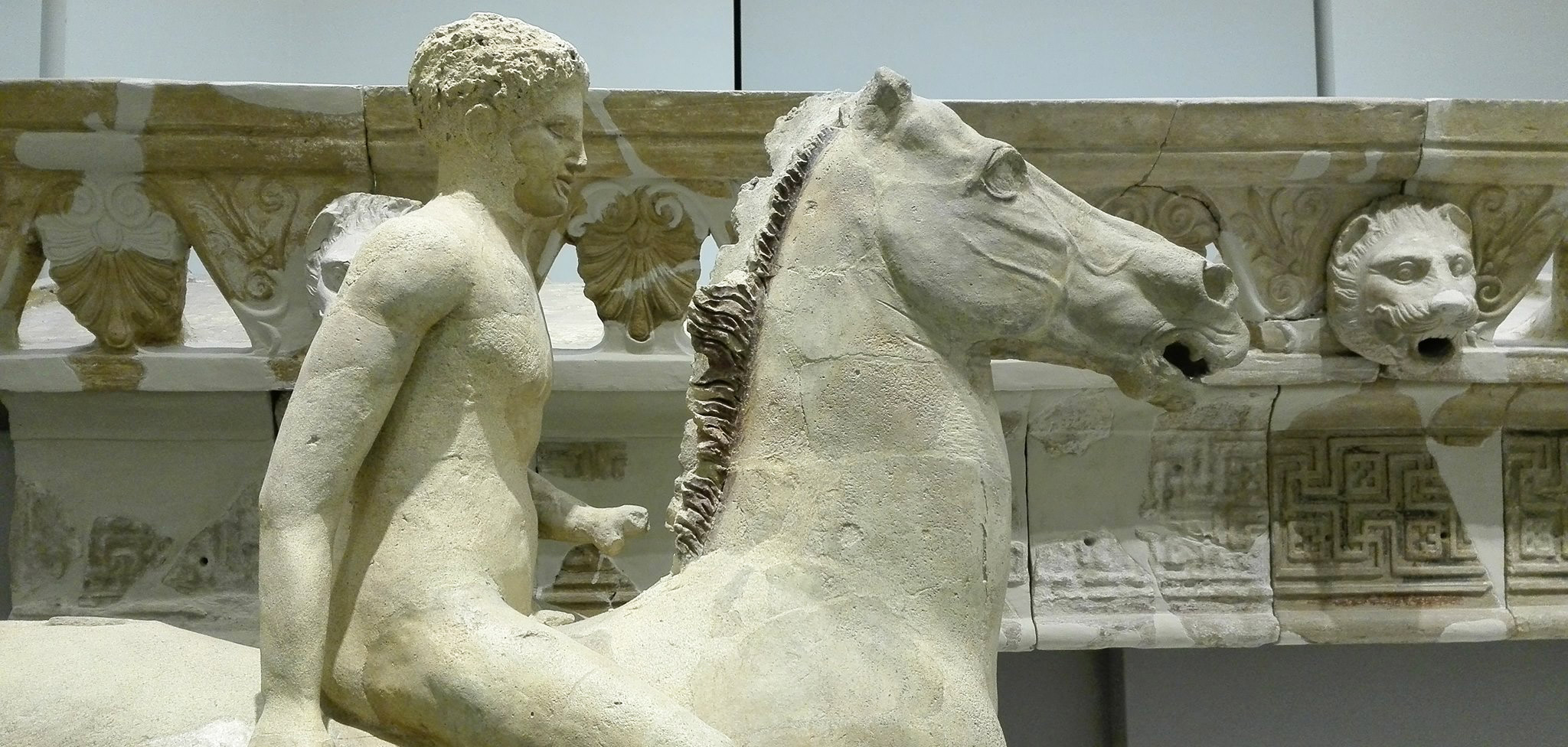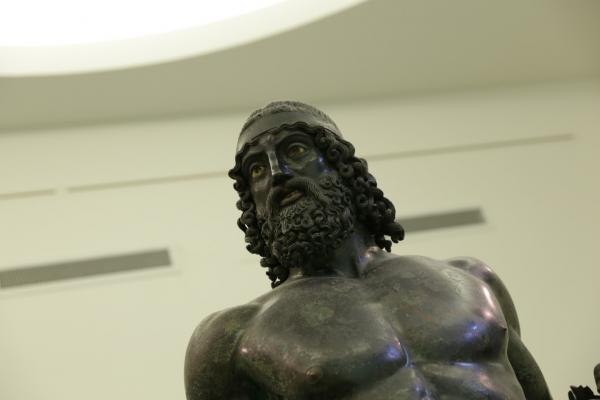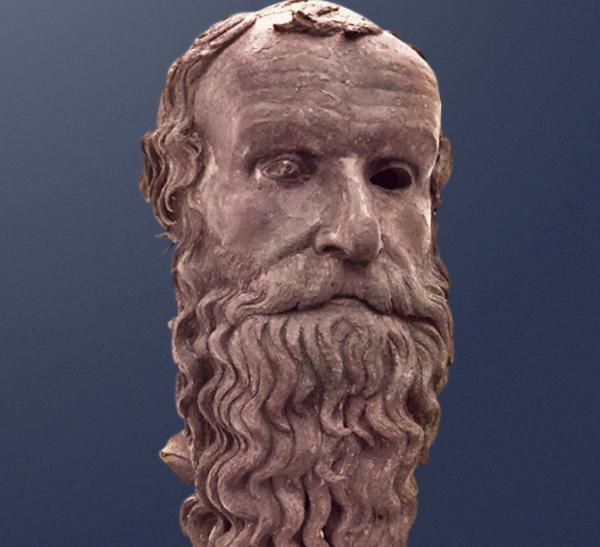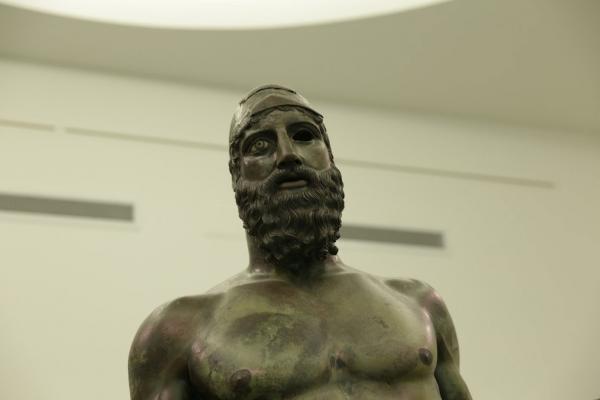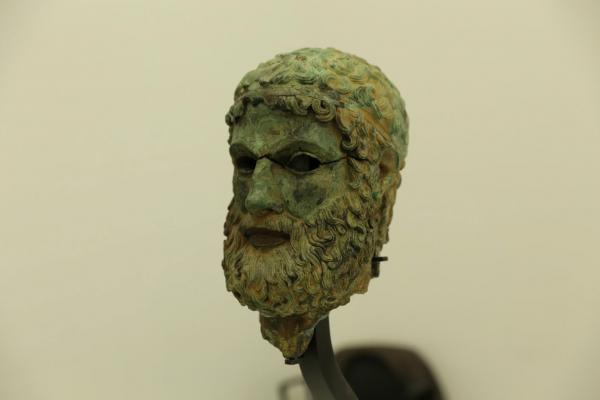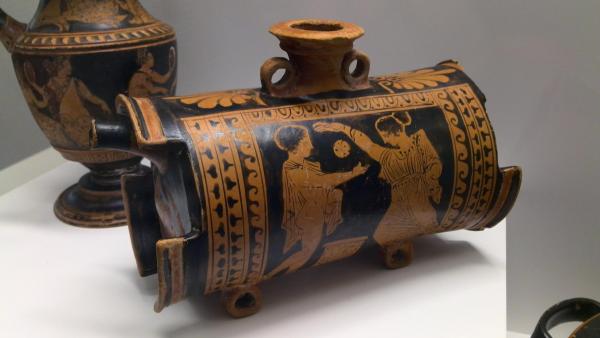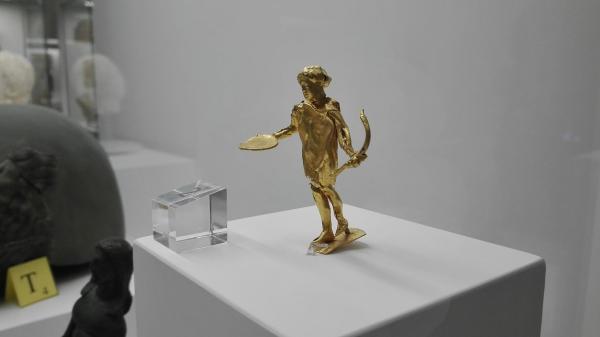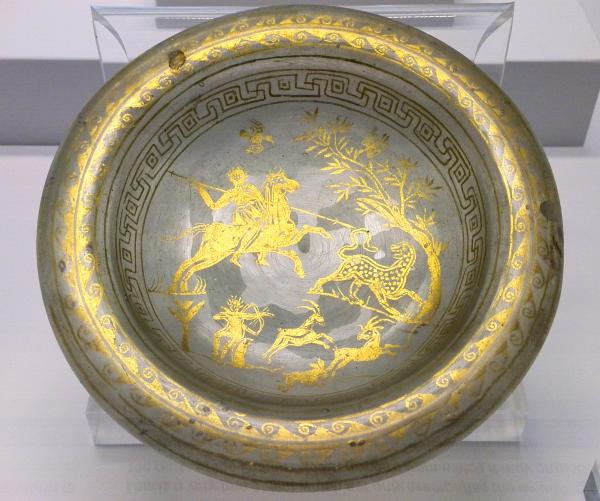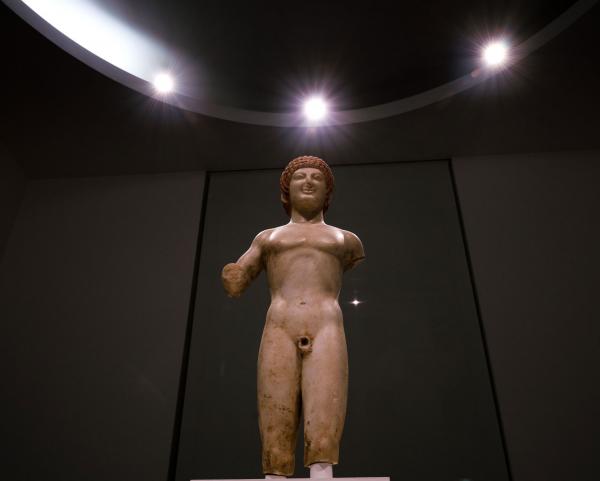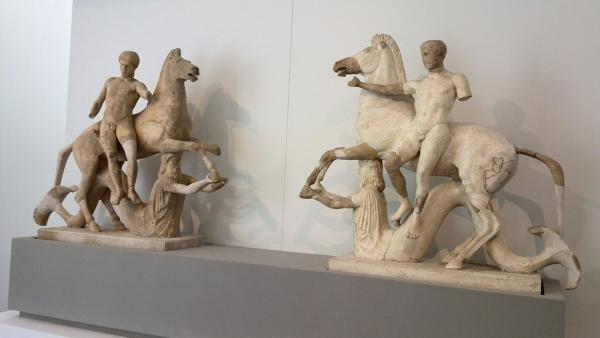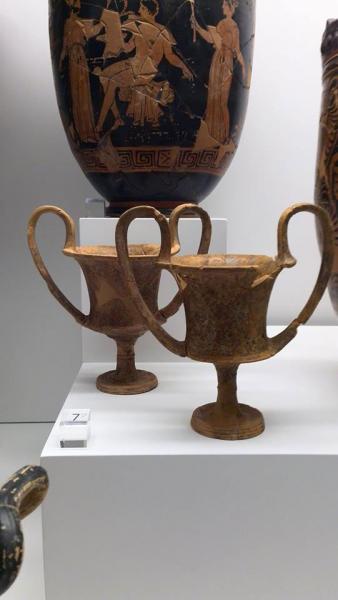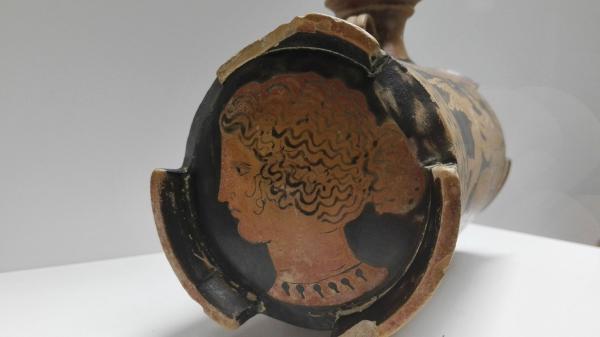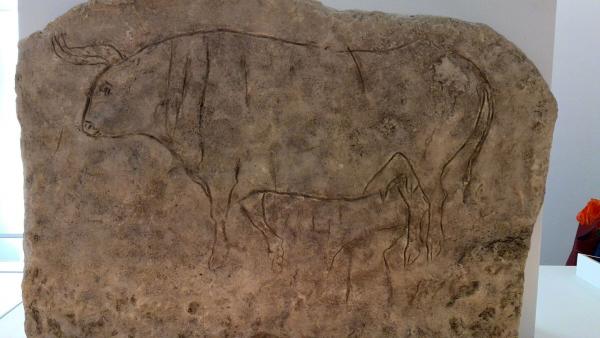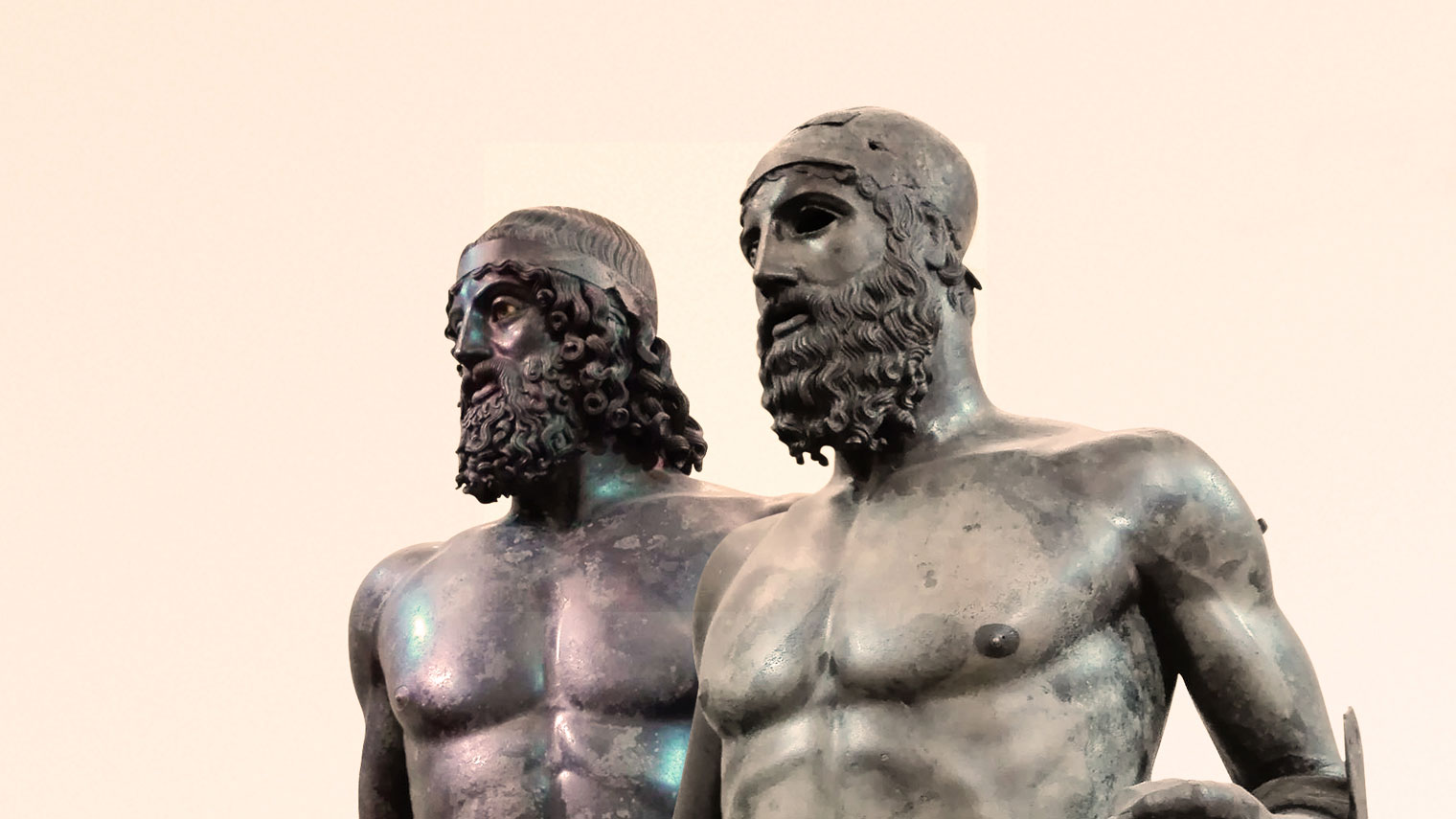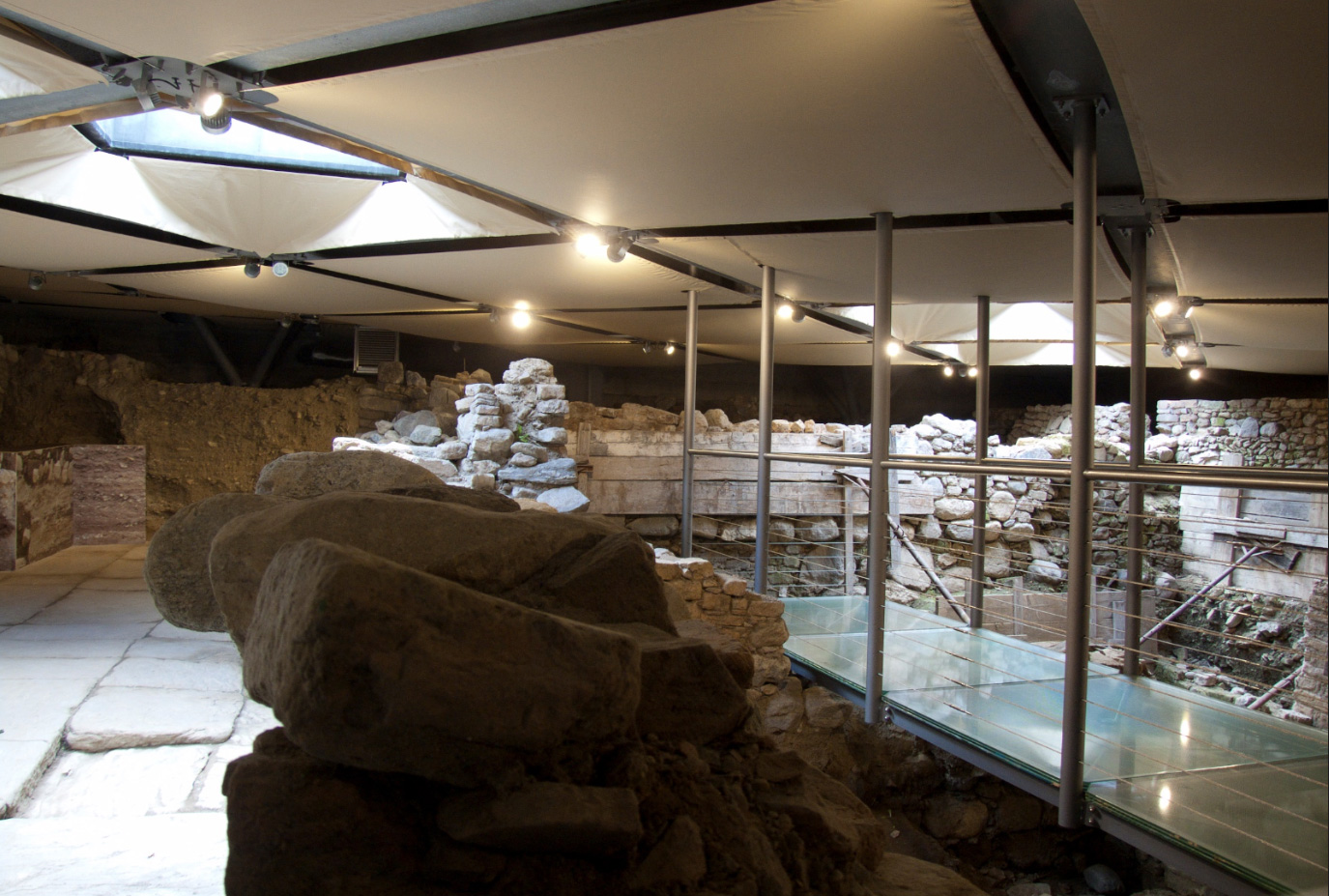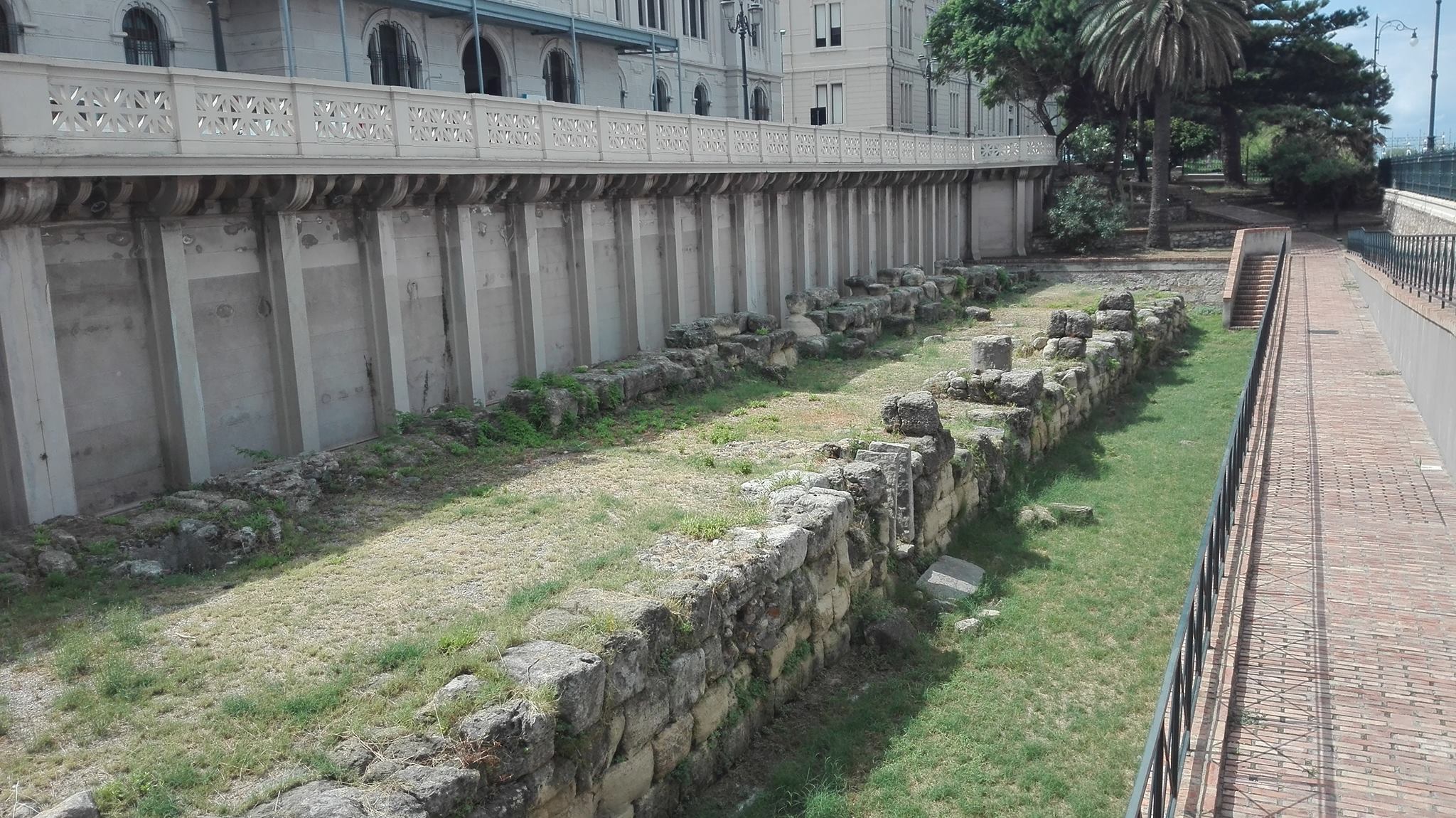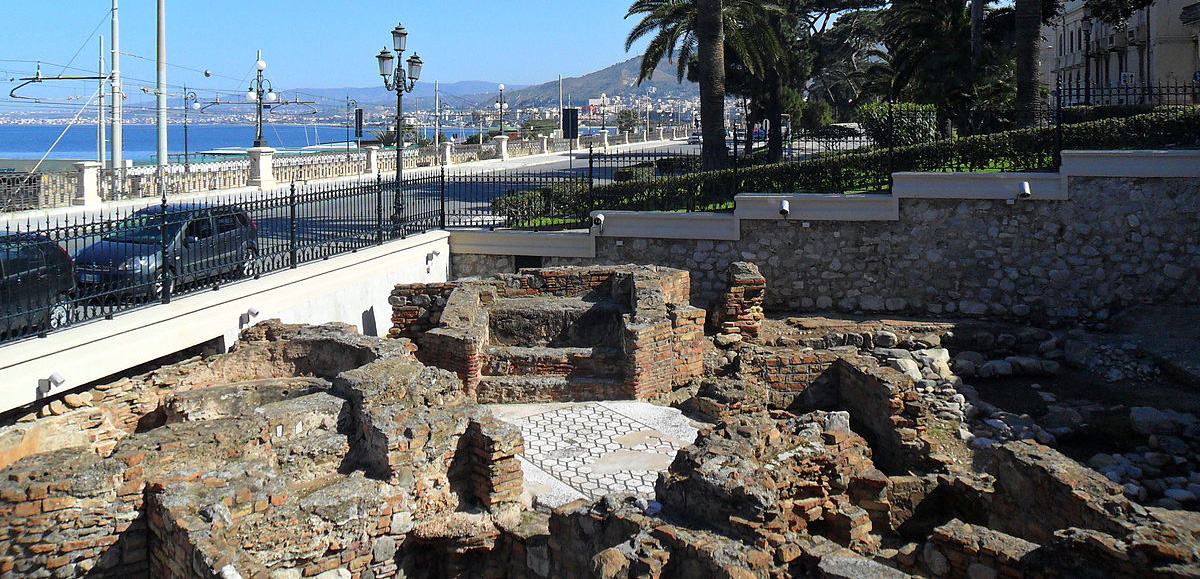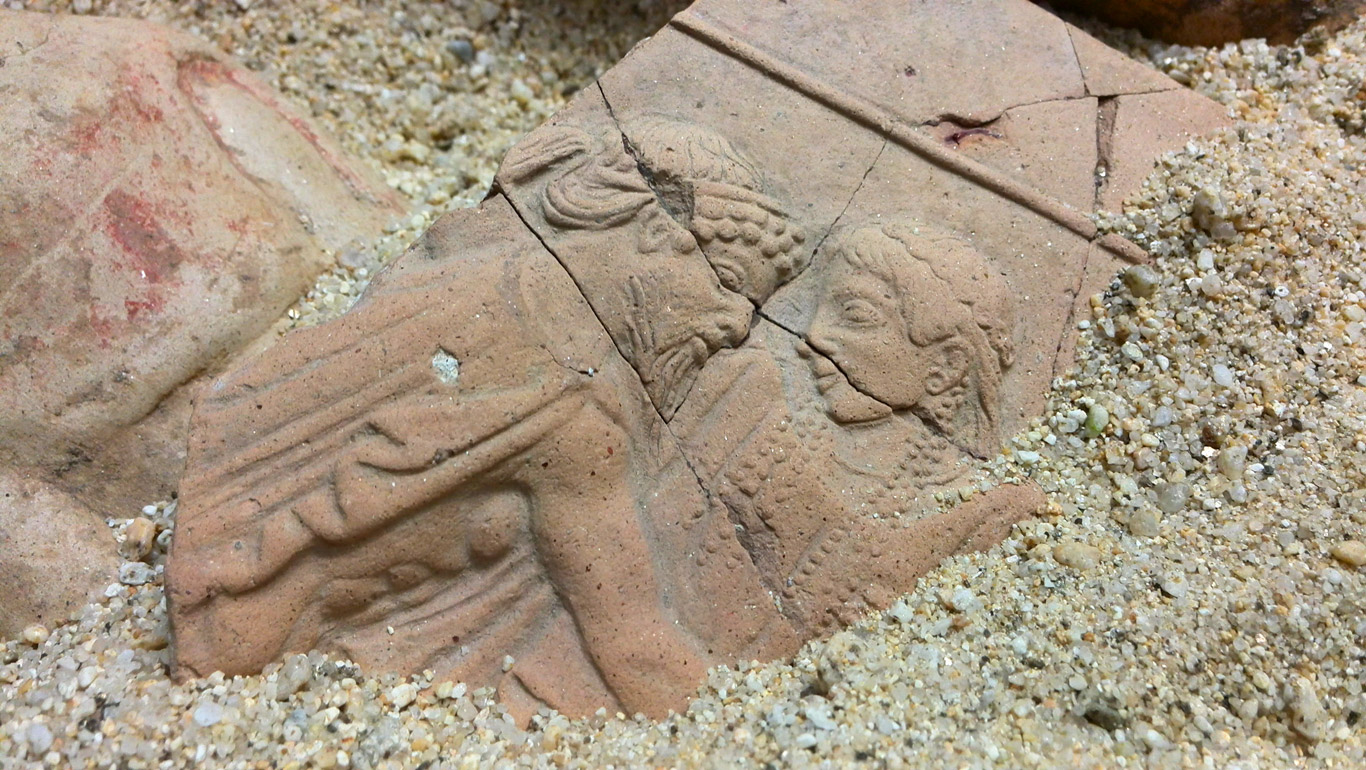The history of the Museum of Reggio Calabria was born of the disastrous earthquake of 1908 that struck the cities of Reggio and Messina. From the rubble of a still devastated city came important finds of its Greek-Roman history. The earthquake severely damaged the Museum, but it was reopened in 1882, by the determination of the superintendent of the archaeological heritage of Calabria, Paolo Orsi. His encouragement hastened the establishment of an Archaeological Museum of Magna Graecia housing artefacts from all over the Calabrian region.
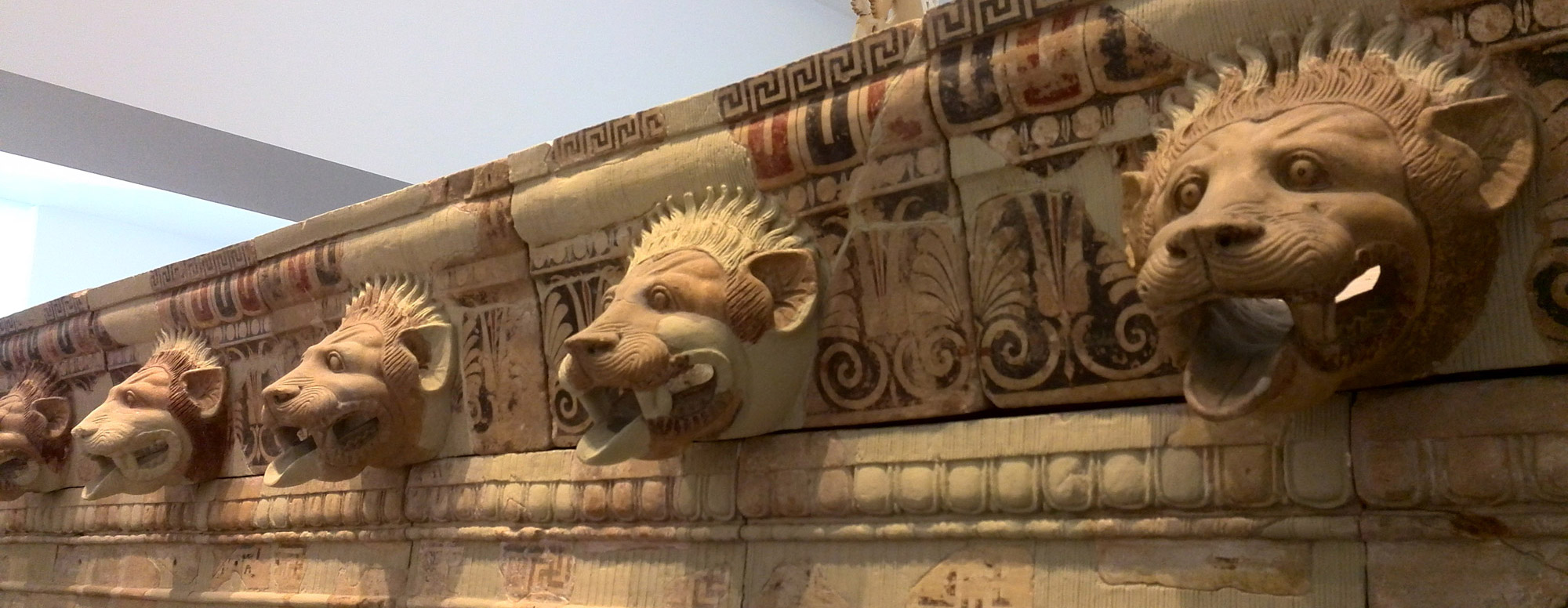
The First Italian Palace-Museum
Palazzo Piacentini, which houses the MArRC, was the first palace built exclusively to be a museum. The well-known Italian architect Marcello Piacentini (1881 - Rome, 1960 - Rome) designed the Palace, which was later named after him. It opened in 1959 and underwent several changes over the years. The current reorganization started in 2009 and was completed in 2016. The main element is the inner courtyard (now Piazza Paolo Orsi), covered by a transparent glass ceiling. The terrace, intended for catering, hosts cultural events in the summer. Today the MaRC is one of the most innovative museums in Italy.
DID YOU KNOW THAT…?
Under the MaRC is the necropolis of ancient Rhegion. During the excavation, several tombs of the Hellenistic period were discovered. There are about 100 tombs of different types. The area of the necropolis also extended underneath the nearby Piazza De Nava. Some of these tombs can now be viewed in the museum's basement.
The new layout of the Museum
An innovative layout that accompanies the visitor on a journey through centuries.
The new permanent exhibition has 220 windows and is spread over four exhibition floors that tell the history of Calabria, from prehistory to the Roman Age. The tour starts on the second floor (level A – Prehistory and Protohistory – the age of metals). It continues on the first floor (level B – cities and shrines of Magna Graecia). Then we go down to the mezzanine (level C – the Necropolis and daily life of Magna Graecia: Sibari, Crotone, Hipponion, Kaulonia, Cirò and Laos; Lucanians i and Bruttiansi). The tour ends on the ground floor (level D – Reggio) with the history of Reggio. Here we find the Bronzes of Riace. On Level -1 (underground) are the temporary exhibitions of the MaRC and access to the Hellenistic Necropolis.
Beyond the Bronzes
The world’s largest collection in the world of Greek bronzes from the 5th century B.C.
Not everyone knows that the MaRC houses the most important collection of Greek bronzes of the classical period (5th century B.C.). In addition to the Bronzes of Riace, exposition-D-Reggio, there is the preserved The Head of Basilea and The Head of the Philosopher, found in the waters of Porticello (Locality Villa San Giovanni).
Opening days and hours
From Tuesday to Sunday
9.00 - 20.00
Tickets
Full: € 8,00; Wednesday € 6,00
Ridotto: € 5,00; Wednesday € 4,00
Free entry on the first Sunday of each month
Contacts
Tel.(+39) 320 7176148 (Ticket Office)
e-mail: man-rc@beniculturali.it
http://www.museoarcheologicoreggiocalabria.it
FB: @MuseoArcheologicoRC
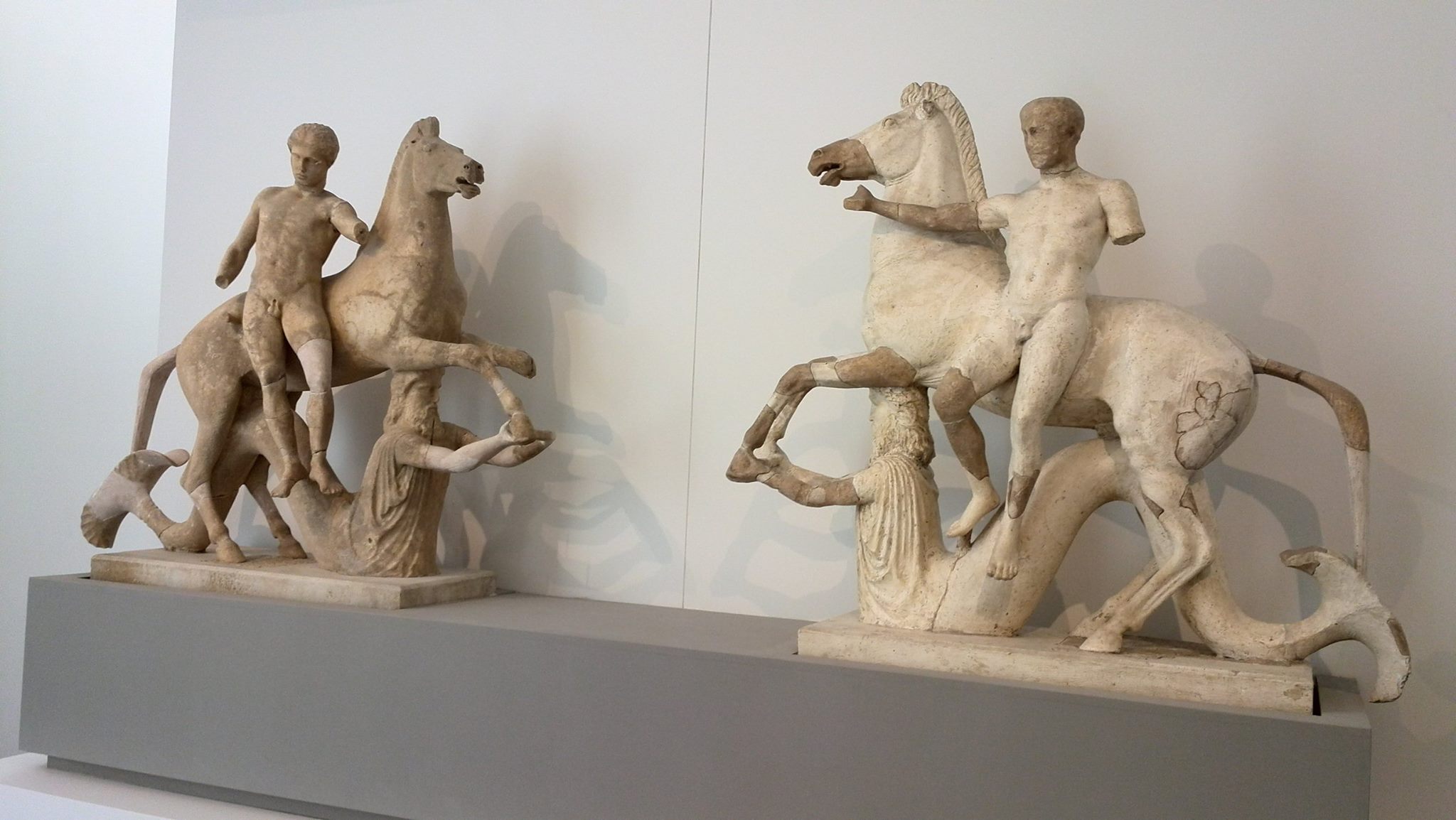
The Archaeological Museum of Reggio Calabria
Piazza Giuseppe De Nava, 26, 89123
Reggio Calabria
